Interception
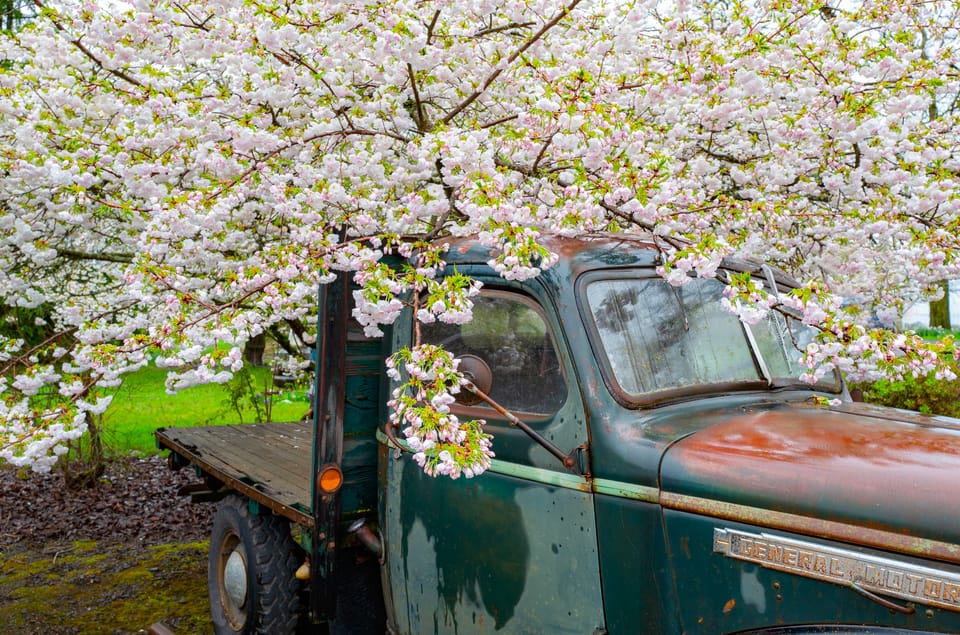
“...I don't just wish you rain, Beloved - I wish you the beauty of storms...”
― John Geddes, A Familiar Rain
As the old saying goes, "when it rains, it pours," meaning that everything seems to fall at the same time, like a heavy rain. However, it's not so simple in a forest, because a lot more is going on when trees are involved.
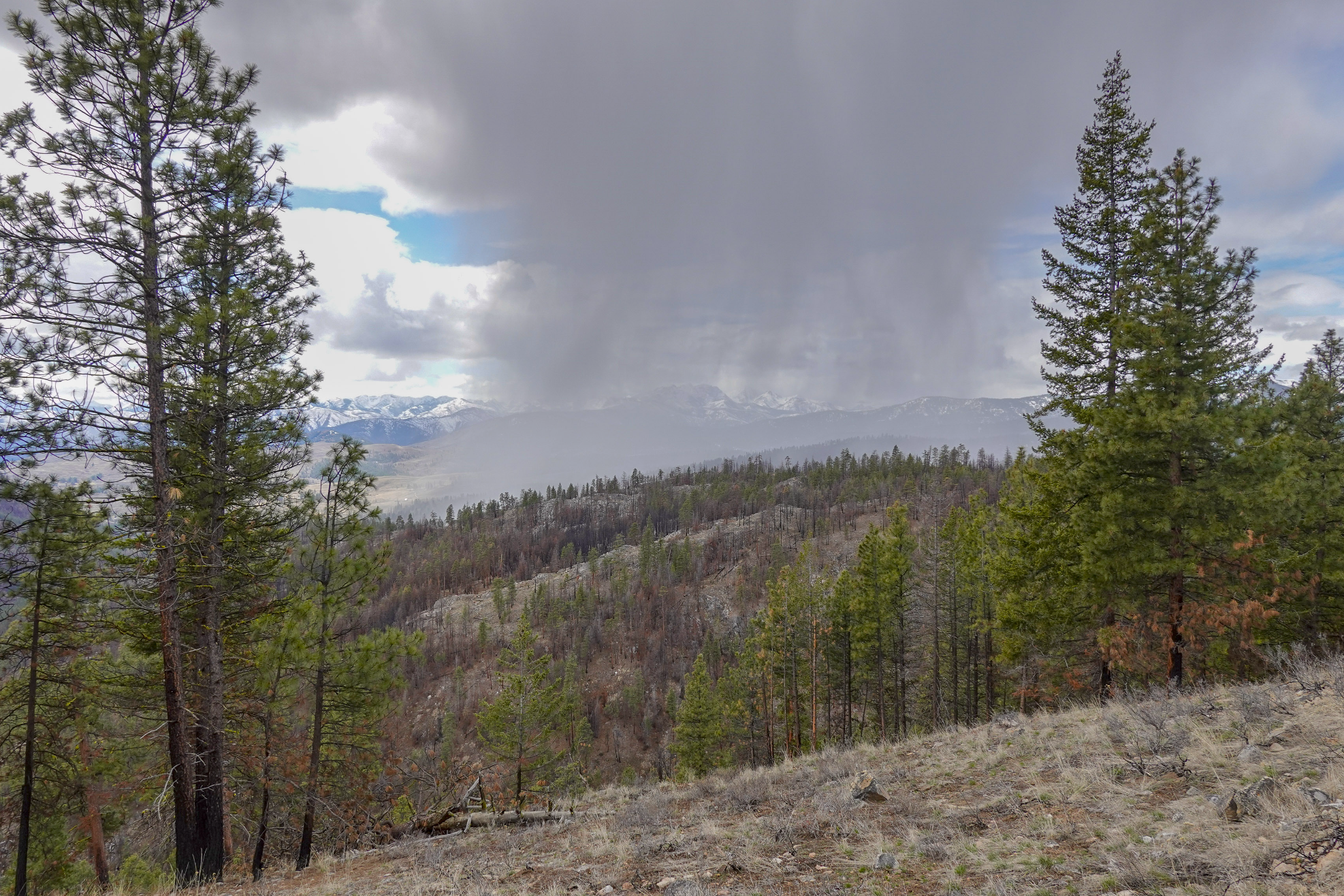
I'm talking, of course, about interception, which is such an obvious concept that it might never occur to you. In the simplest terms, trees block (i.e. intercept) rain before it reaches the ground.
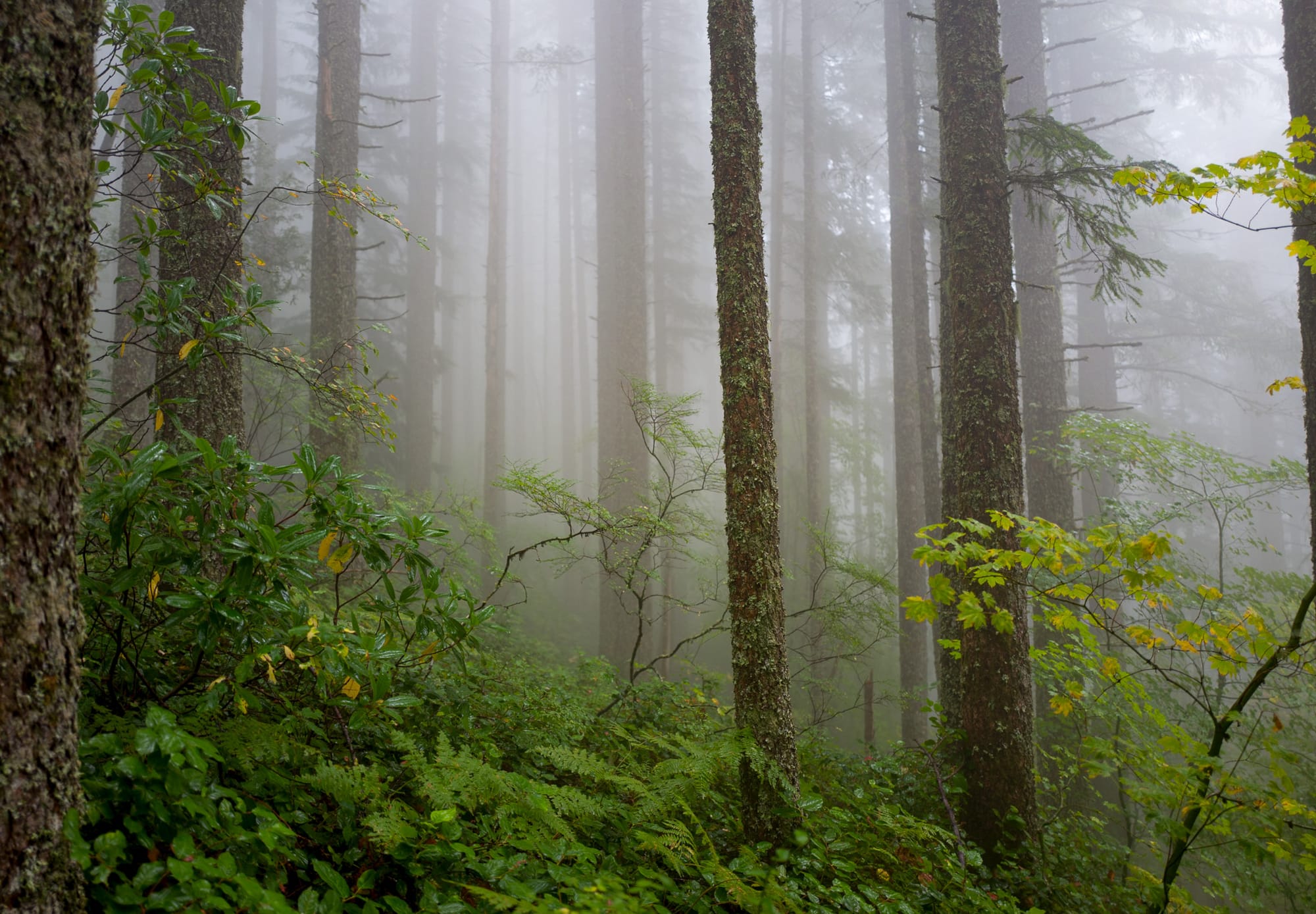
Obviously, this is true for all vegetation, but at the moment I'm preparing a talk on forest ecology, and I found myself confused about how this idea applies to trees. So, it prompted me to do a deeper dive and share what I learned about trees in this week's newsletter.


It's one thing to say that trees intercept rain, but it's another thing altogether to understand how interception fits into a much larger, and far more important cycle.
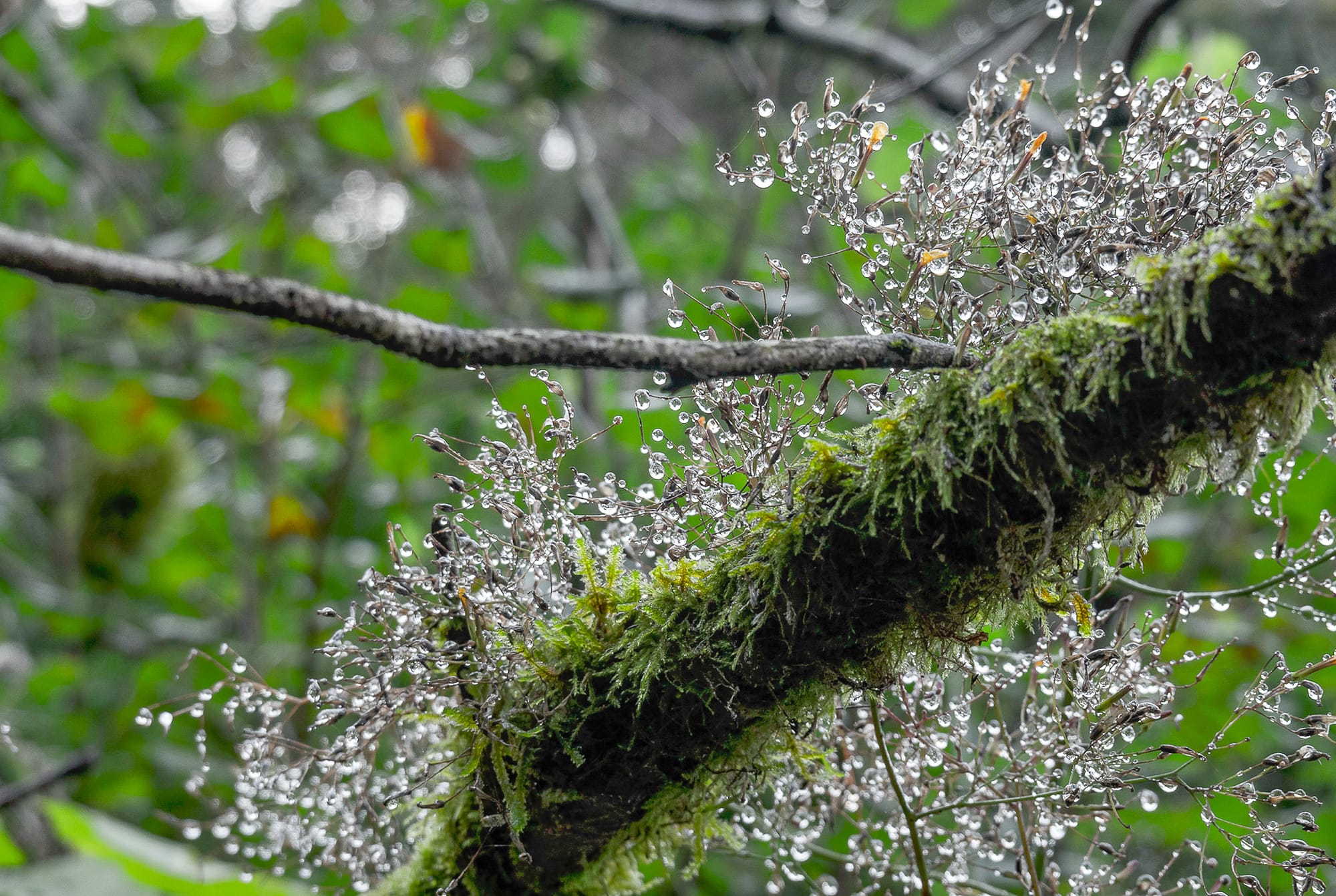
First off, it helps to understand that up to 50% of all rainfall is intercepted by trees and doesn't fall directly on the ground. Some of this rain quickly evaporates off leaf surfaces and returns to the atmosphere as water vapor, but the rest is either absorbed into leaf and bark tissue, or gradually works its way downward as stemflow (water percolating down branches and trunks) and throughfall (water dripping through leaves).
Tree canopies can hold over 250,000 gallons of water per acre.
You might not realize this, but leaf and bark surfaces are a gold mine of essential nutrients. Not only do leaves and bark collect immense quantities of dry airborne particles, but millions of microbes, fungi, and minute insects living on plant surfaces pump out secretions and excretions that are absolutely loaded with nutrients.
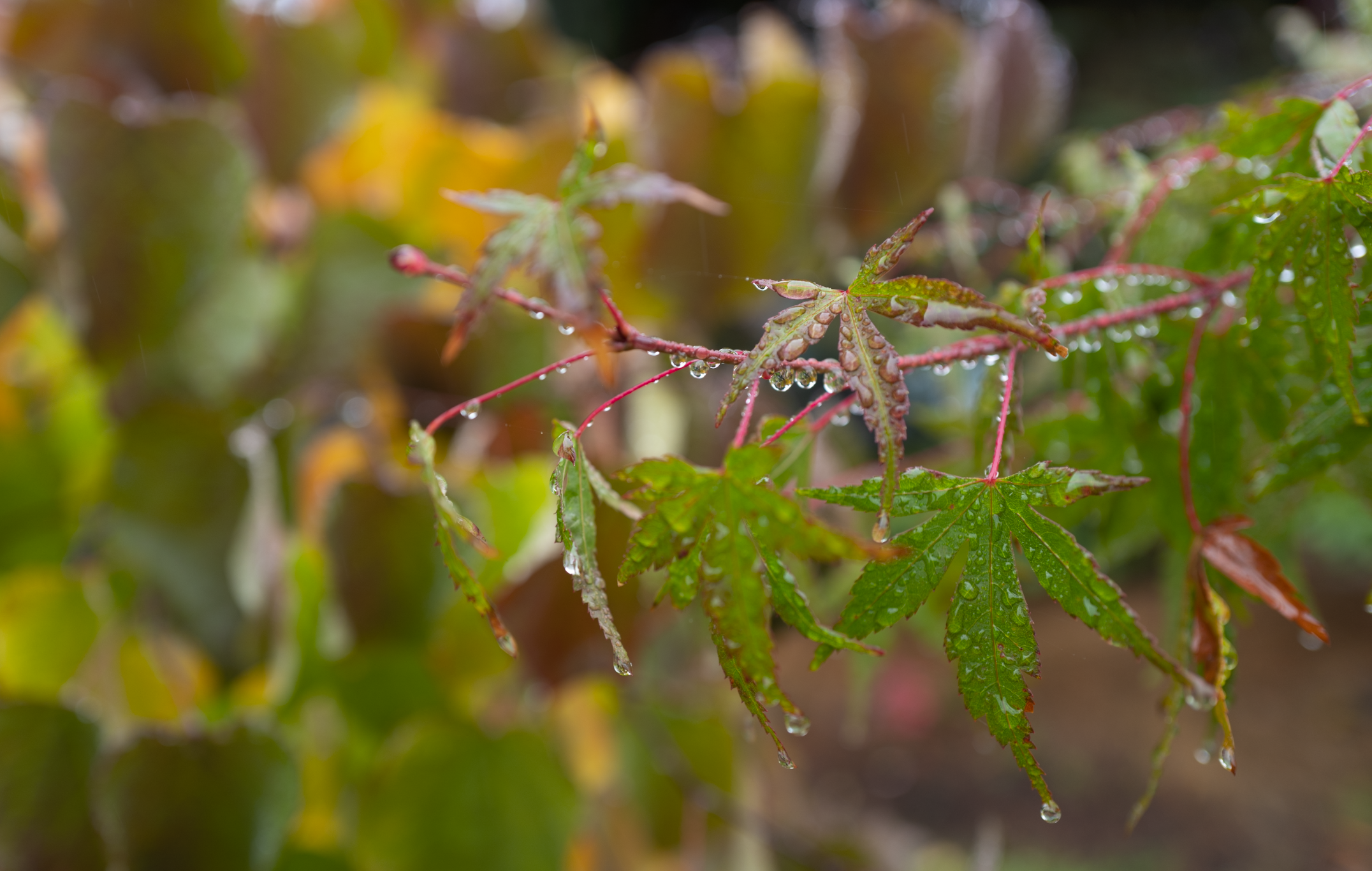
This means that water dripping through leaves, and running down tree trunks, picks up and delivers a soup of nutrients to the ground where it feeds tree roots and soil microbes. This includes all-important nitrogen that builds amino acids, proteins, and DNA; as well as minerals such as calcium that helps structure cell walls, and magnesium that goes into making chlorophyll molecules.
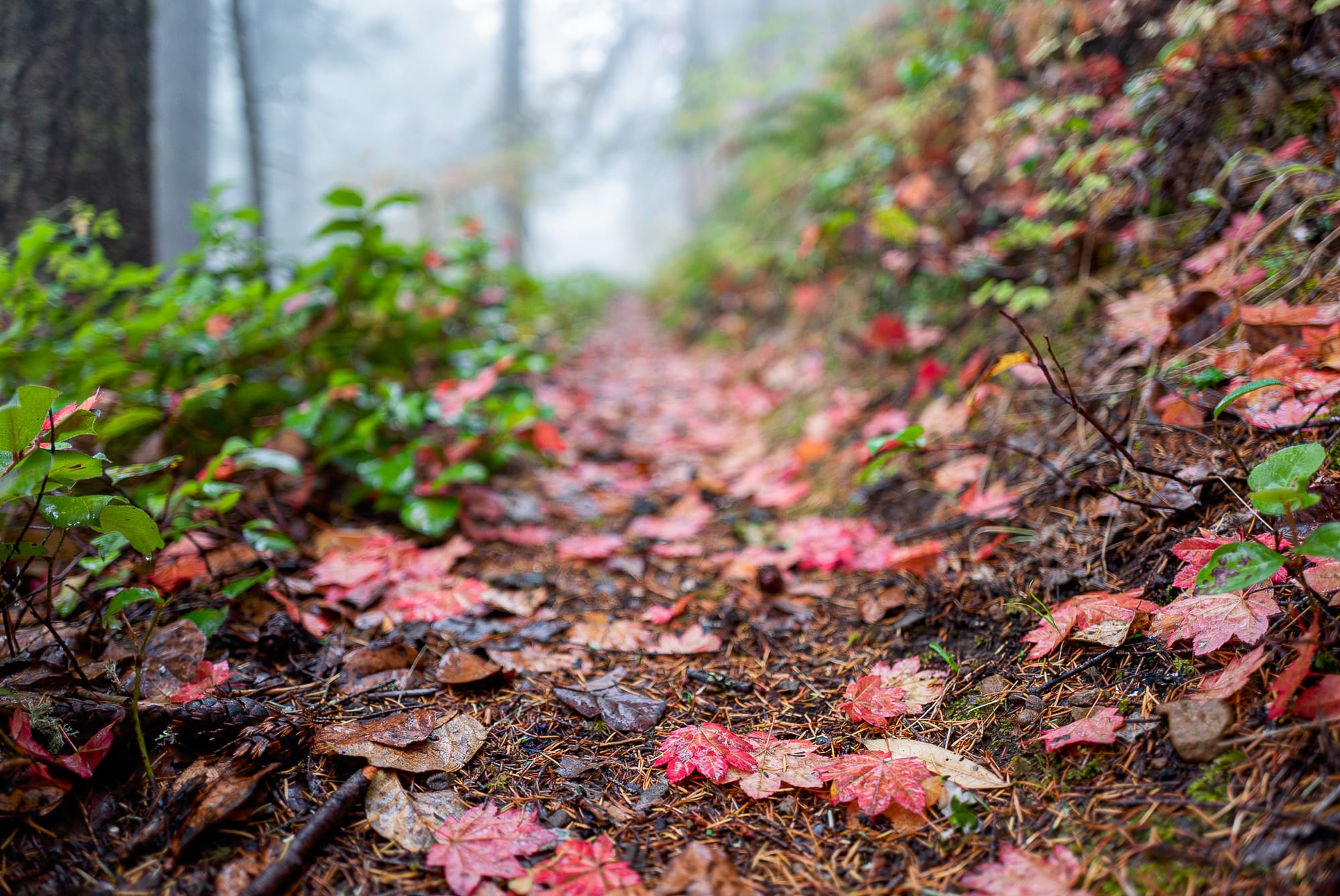
Raindrops are already built around condensation nuclei that contain nutrients (see my newsletter on this topic) and then raindrops collect even more airborne nutrients as they fall, so rain that lands directly on the ground adds some nutrients to the soil. But raindrops that percolate through vegetation provide a much richer reward, which means they end up being one of the most important components of nutrient cycling that make terrestrial ecosystems possible.
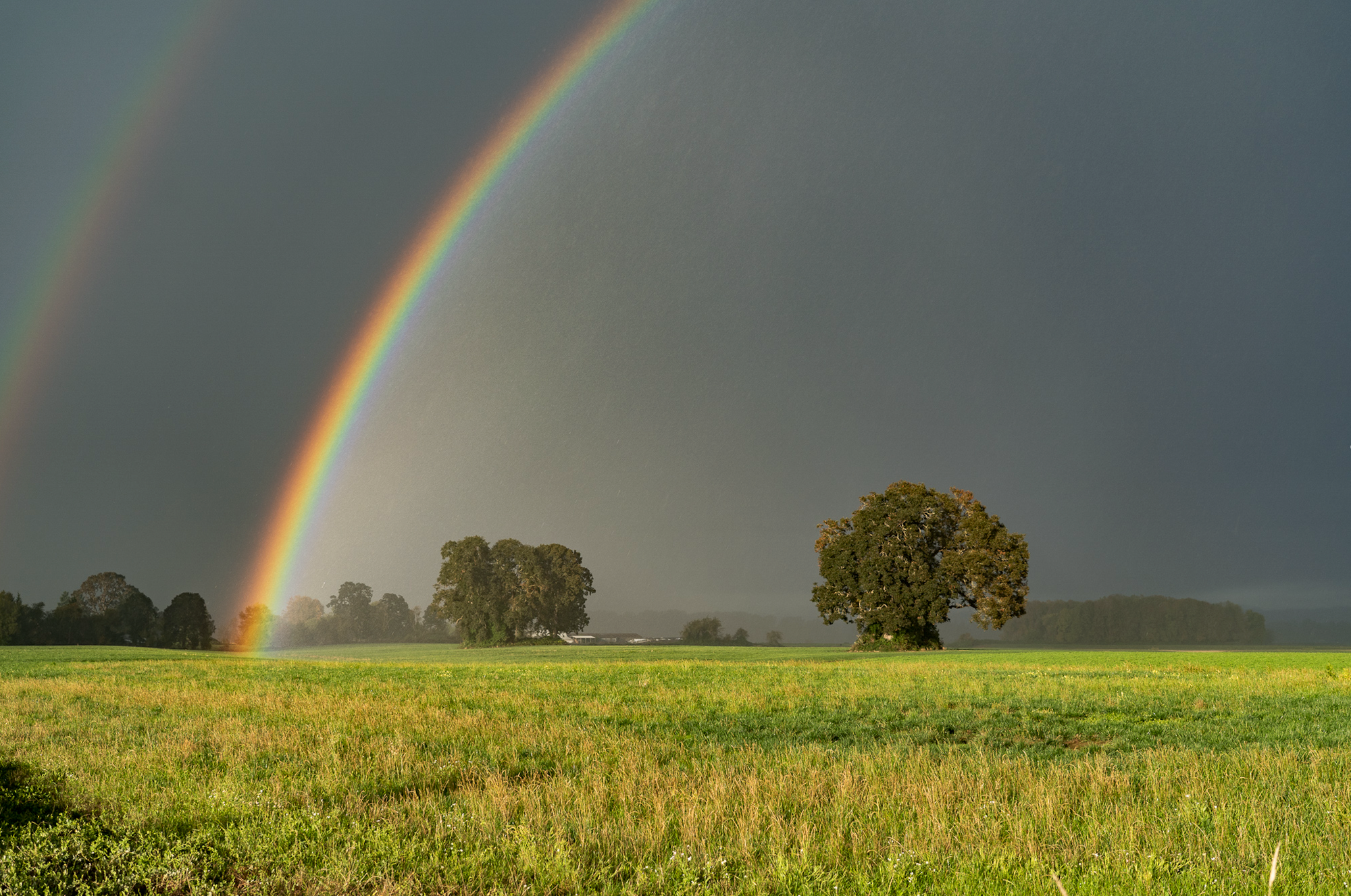

Member discussion